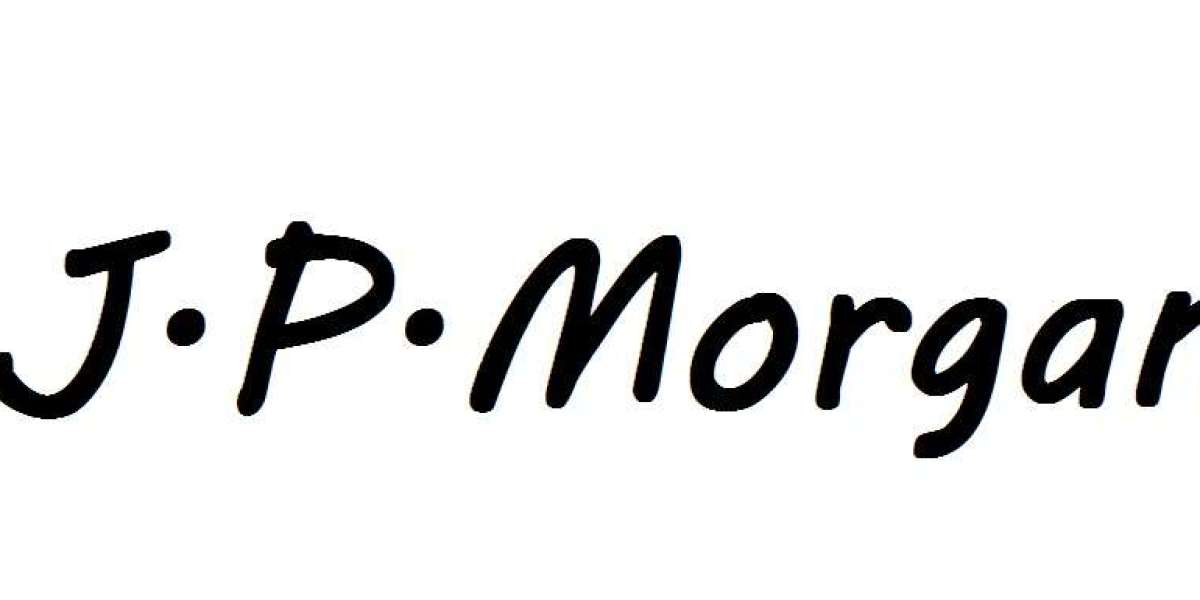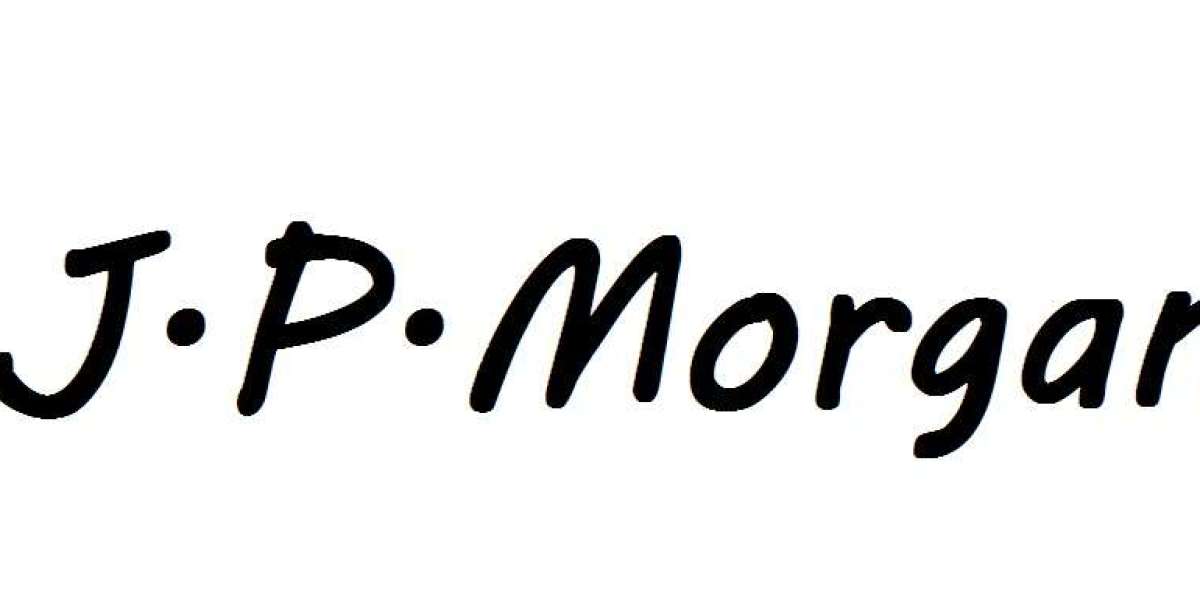JPMorgan | S&P 500 Outlook for 2026

The outlook for the US stock market continues to generate attention, especially following new projections from JPMorgan’s equity strategy team, led by Dubravko Lakos-Bujas. Their forecast suggests that 2026 could deliver another strong performance for investors, driven by a mix of corporate earnings growth, technological transformation, and monetary policy shifts.
advertisement
S&P 500 on Track for 7,500 — With Potential to Break 8,000
JPMorgan set a year-end target of 7,500 for the S&P 500 in 2026, building on solid earnings momentum observed in 2025. The bank attributes this projection to expected earnings growth between 13% and 15% over the next two years.
However, the target could be even higher. If the Federal Reserve decides to continue cutting interest rates, JPMorgan believes the index may surpass 8,000, pushing the market into a stronger-than-expected rally. As of late November 2025, markets were already pricing in a strong probability of an additional rate cut.
AI, Productivity, and Deregulation: Key Drivers Behind the Forecast
The bank’s strategists acknowledge concerns around an AI bubble and elevated valuations, yet they argue that current market multiples align with forward-looking fundamentals. They expect:
Above-trend earnings growth
An AI-driven capital expenditure boom
Higher shareholder payouts
Looser fiscal policy
JPMorgan also highlights that the productivity boost from AI and potential benefits from deregulation remain underestimated by many investors. They suggest that AI investment is expanding across sectors — including Technology, Utilities, Health Care, Logistics, and even Banks — and creating a competitive landscape marked by winners and losers.
A K-Shaped Economy: Two Americas
JPMorgan and HSBC both point to the increasingly K-shaped structure of the US economy, in which the gap between higher- and lower-income consumers continues to widen. This divide has clear market implications:
Households with lower incomes remain cautious, focusing on essential purchases.
Higher-income consumers, often more exposed to the stock market, continue to spend at a healthy pace.
This imbalance influences market mood and may keep investor sentiment volatile, especially as strong corporate performance contrasts with broader economic fragility.
AI’s Role in Deepening Economic Polarization
According to JPMorgan, global corporations and governments are rushing into AI investment — driven not only by the promise of productivity but also by the fear of falling behind. While this trend is reshaping entire industries, it is unfolding within an already strained economic structure. As a result, AI may intensify existing economic disparities, reinforcing the K-shaped dynamic.
The bank expects this tension to remain a persistent feature of the market environment, forming what it calls an AI “Wall of Worry” that could influence investor behavior for years.
Sources
Yahoo Finance – JPMorgan sees S&P 500 reaching 7,500 in 2026 — or surging past 8,000 if the Fed keeps cutting rates
https://finance.yahoo.com/news/jpmorgan-sees-sp-500-reaching-7500-in-2026--or-surging-past-8000-if-the-fed-keeps-cutting-rates-142602366.html
Thank you !








